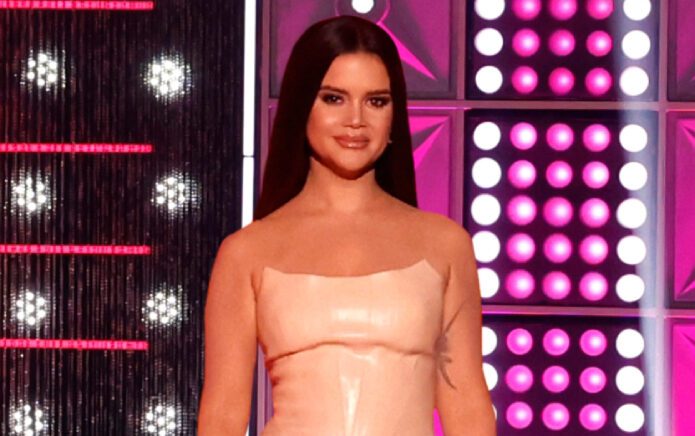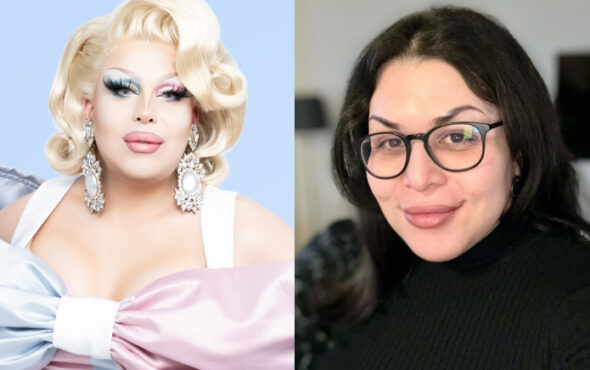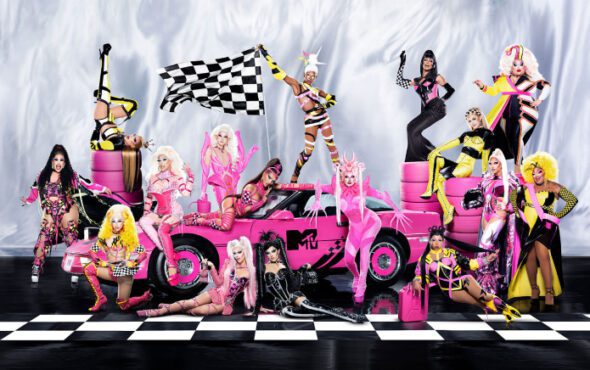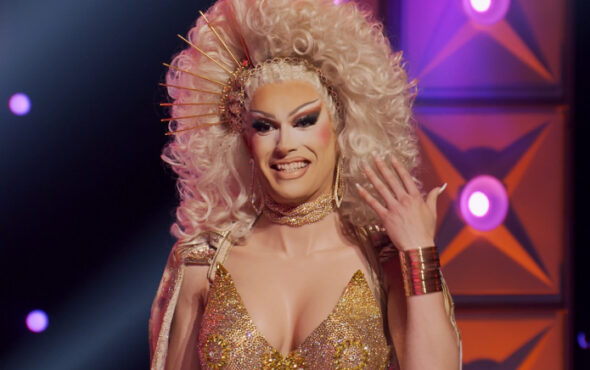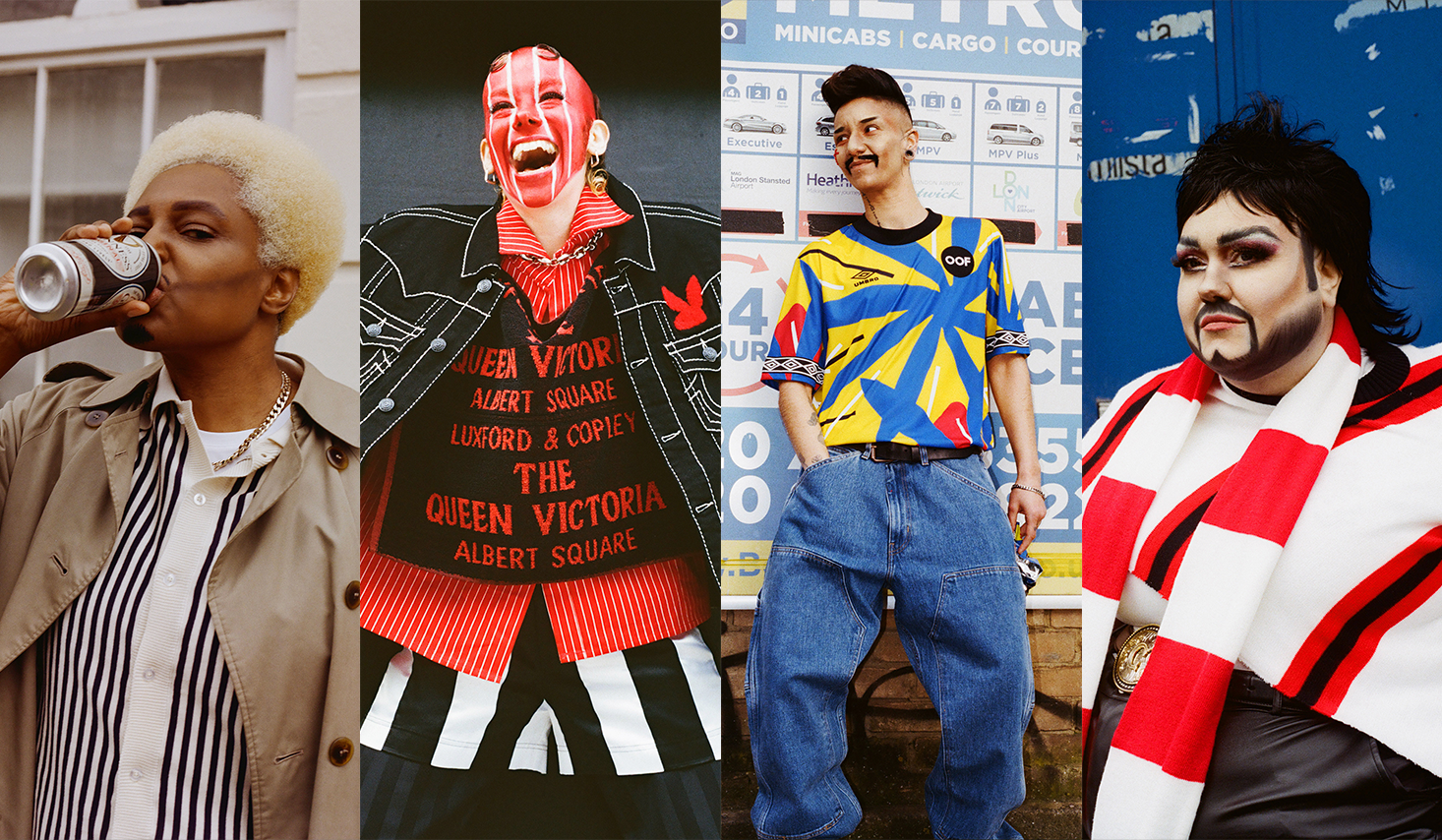
Drag Kings haven’t always been represented as much as they should be. In online and IRL spaces, we regularly hear about the thriving careers – and the cultural boom – of the drag queen scene, a breakthrough subculture that has rightfully hit new heights. But, when will the same drag domination come for drag kings? Whether a boding local drag king talent or a star with the potential to become an international icon, they deserve the mainstream spotlight just as much as any other LGBTQIA+ acts.
So, as we reflect on the current culture of the drag king community, it’s important to acknowledge the progress that came before our contemporaries. It’s no secret that drag culture has long been around, dating back to the Tang Era Dynasty (617-908). So-called ‘male impersonation’ was common in Chinese theatre. Similarly, during the 1600s, Aphra Behn, an English playwright and stage performer, was credited for creating on-stage male roles and characters for women to step into. Later, Matilda Alice Powles – known as Vesta Tilley by her drag king name – became a symbol during the Victorian era for challenging gender roles of that time. Elsewhere, outside of the UK, the development of drag king culture hit the US in the 1800s. Born in Maryland, singer Ella Shields became popular as a male impersonator during the late 1800s due to her music hall song ‘Burlington Bertie from Bow’. During the same time period, Gowongo Mohawk emerged as one of the first-known Indigenous male impersonators and toured throughout Europe and the US.
With drag culture beginning to take root during the 1800s and 1900s through music halls, theatre and vaudeville circuits, these figures feed into the evolution of today’s drag king scene. But the story of drag kings isn’t just cultural, it’s political, too. Butch drag performer Stormé DeLarverie, known for her gender-fluid style and sharp suits, performed as part of the Jewel Box Revue during the 1950 and 60s. Her influence as an LGBTQIA+ rights activist whose actions helped ignite the Stonewall uprising continues to be remembered and recognised.
Today, contemporary drag culture has continued to grow, allowing entertainers and creatives to reimagine how we present gender and identity on and off the stage. While drag kings remain underrepresented in mass media, they are more than ready to rule, as Landon Cider proves. The American drag king, crowned winner of season 3 of The Boulet Brothers’ Dragula, has already proved that drag king domination is underway.
Here, in the UK, kings are pushing to new heights in the LGBTQIA+ world. Taking over venues from London to Cardiff and from Brighton to Glasgow, the scene is diverse, multifaceted and continuing to grow in popularity. To celebrate, we’ve pulled together a selection of drag kings from across the UK who boldly represent the future of the drag community.
Against the off-beat backdrop of London’s fabulous Bistrotheque, photographer Rebecca Thomas showcases the queer joy and glory of kings Crip Ladywood, Wet Mess, Don One, and Chiyo.
Keep reading to learn more about what the drag kings enjoy most about their art and the growth they hope to see within their community.
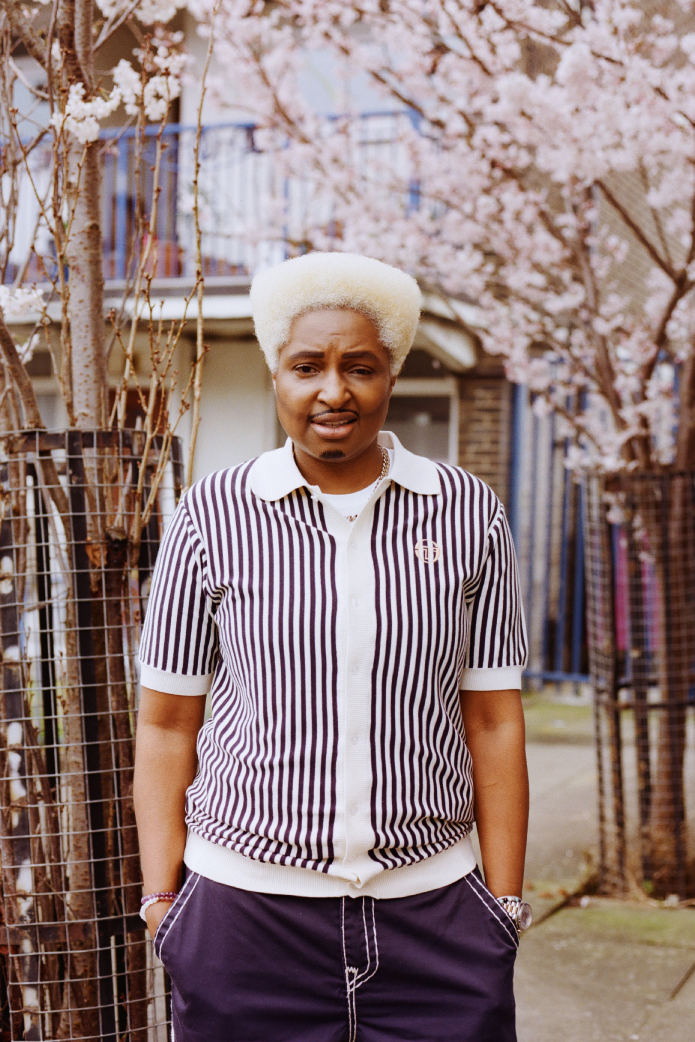
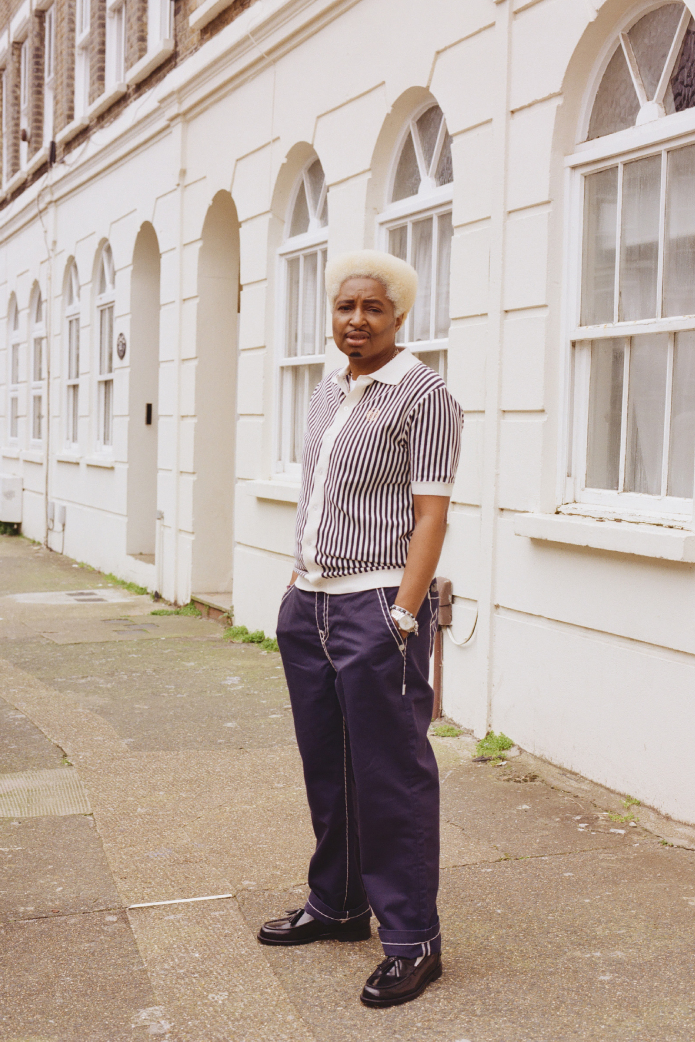
Don One (they/them)
A drag superstar in the making, Don One can do it all: West End productions, performing at Copenhagen Pride, and even working with British comedian Joe Lycett. Below they talk about their drag inspos and more.
What do you find most liberating about being a drag king?
One of the reasons I became a drag king is because I constantly get misgendered. Performing as a drag king has helped me to own the fact that I don’t like to conform with gender. I’m non-binary, gender fluid, gender nonconforming, genderqueer, or whatever you want to call me. Performing in drag gives me the freedom to express my full identity.
Who is your biggest drag-inspired inspiration and why?
Stormé DeLarverie because she was a butch lesbian who also performed as a drag king. She also had a similar background to me. She was a singer, MC, bouncer, bodyguard, and volunteer. If she was still alive today, I think we would be friends. She was also known as the Rosa Parks of the gay movement. What an iconic woman!
What do you want to see more of in the Drag King community?
More exposure, more visibility, and more shows that include drag kings. I’ve been doing drag since 2015 and I’m starting to feel like a broken record when I say that line-ups need to be spread out equally between kings and queens. Ignoring kings is misogynistic and it needs to stop now.
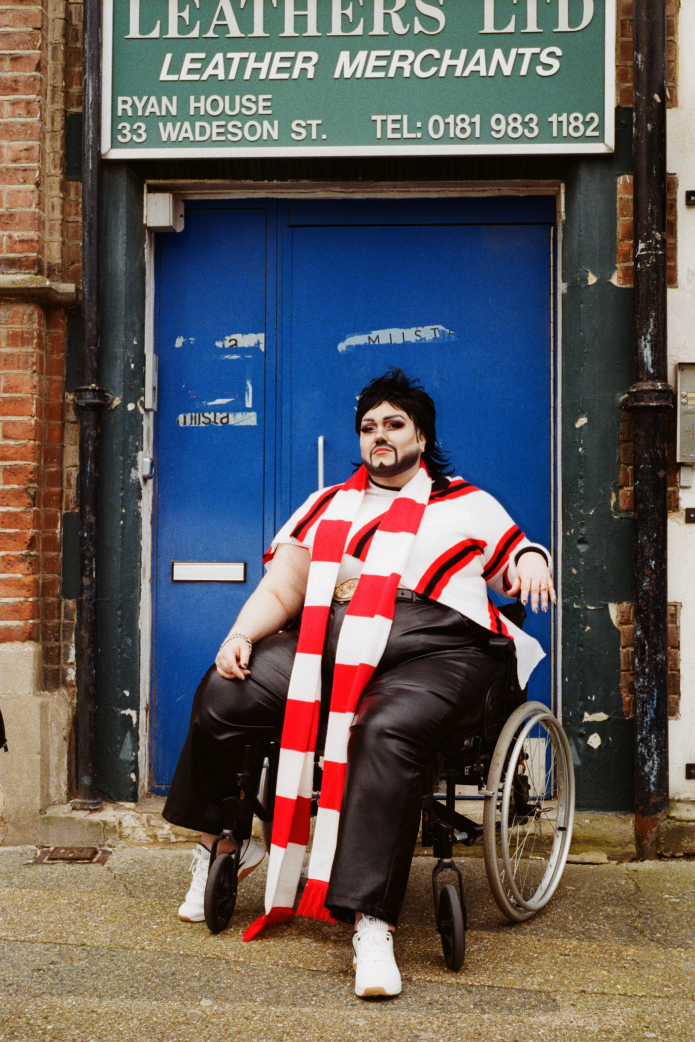
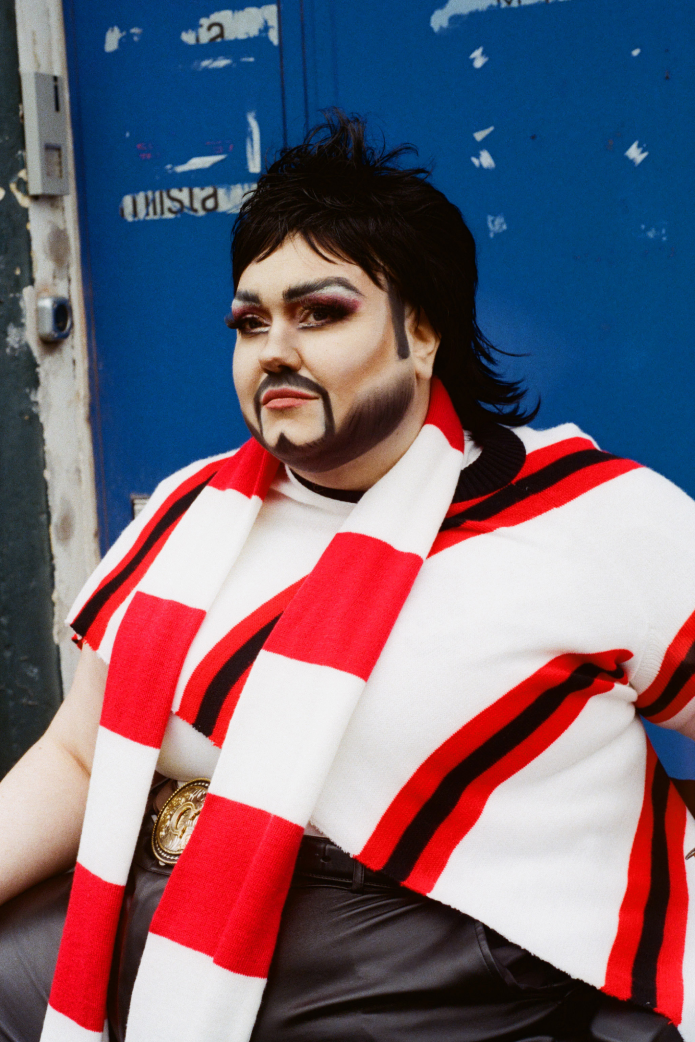
Crip Ladywood (he/him)
From Birmingham, drag king Crip Ladywood has a running talent: scoring second place at every contest he has entered, including the likes of Disabled, Queer and Hear Artist of the Year, West Midlands Drag Idol, and the Church of Yshee Lip-Sync Contest. One of the UK’s only wheelchair drag artists, he hopes to share joy and positivity through his performances.
What do you find most liberating about being a drag king?
Besides the manspreading? It’s getting to be the representation I wished I had when I was younger. I get to explore both my masculinity and queer crip joy with my community. [Current] times are hard [so] being able to make people smile and dance is a gift.
Who is your biggest drag-inspired inspiration and why?
Locally, it’s the wonderful Blü Romantic. Nationally, it’s Don One, and, internationally, it’s got to be Tenderoni.
What do you want to see more of in the drag king community?
More accessible venues and stages for a start! I also want more proudly disabled people from diverse backgrounds on stages showing that there is way more to our lives and existence than tragic stories. Part of that is bookers (and audiences) confronting their internalised prejudices about visibly disabled performers and coming out to support us.
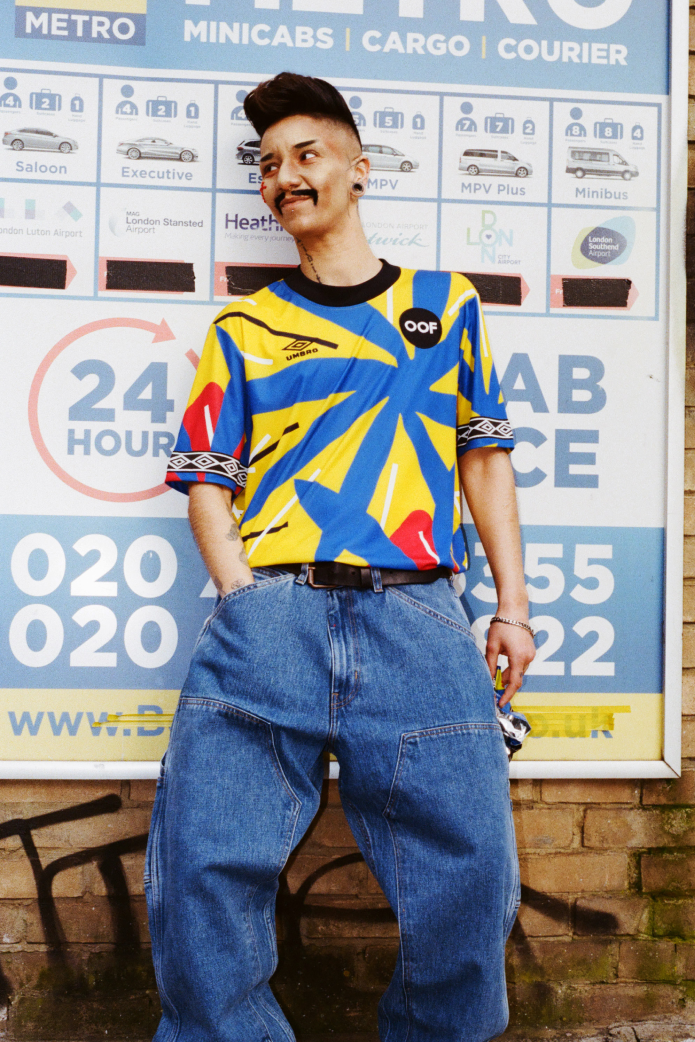
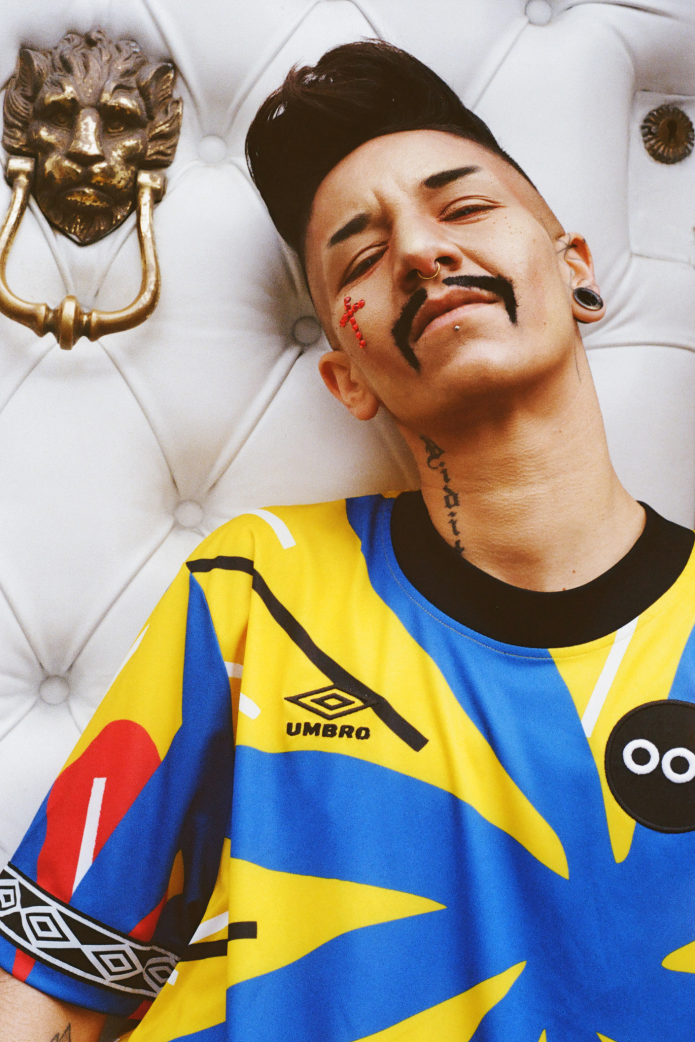
Chiyo (he/they)
A former head chef, Chiyo is the latest drag king you need to know about. He’s made history as the first trans finalist for the Mr Gay England title and, now, he’s ready to share how Disney duo Miley Cryus and on-screen persona Hannah Montana inspired their art.
What do you find most liberating about being a drag king?
I love that kings aren’t afraid to expand the gender expression they perform. Even within masculinity, or performing masculinity, we’re not afraid to be femme, to perform female artists, to find ways to make commentaries on masculinity outside the narrative of the heteronormative world!
Who is your biggest drag-inspired inspiration and why?
Honestly, Hannah Montana! I can’t say I have too many fond memories of my childhood, but whacking on Disney Channel and watching Hannah Montana was my first exposure to drag – she was literally using disguises to perform a character – so camp! Also, no one can tell me that Miley Cyrus in her Bangerz phase is not drag.
What do you want to see more of in the drag king community?
I genuinely believe we’re doing all that we can. What we need is more opportunities amongst us. There needs to be room for kings to thrive at the same rate as queens, and we need to challenge the platforms gatekeeping that.
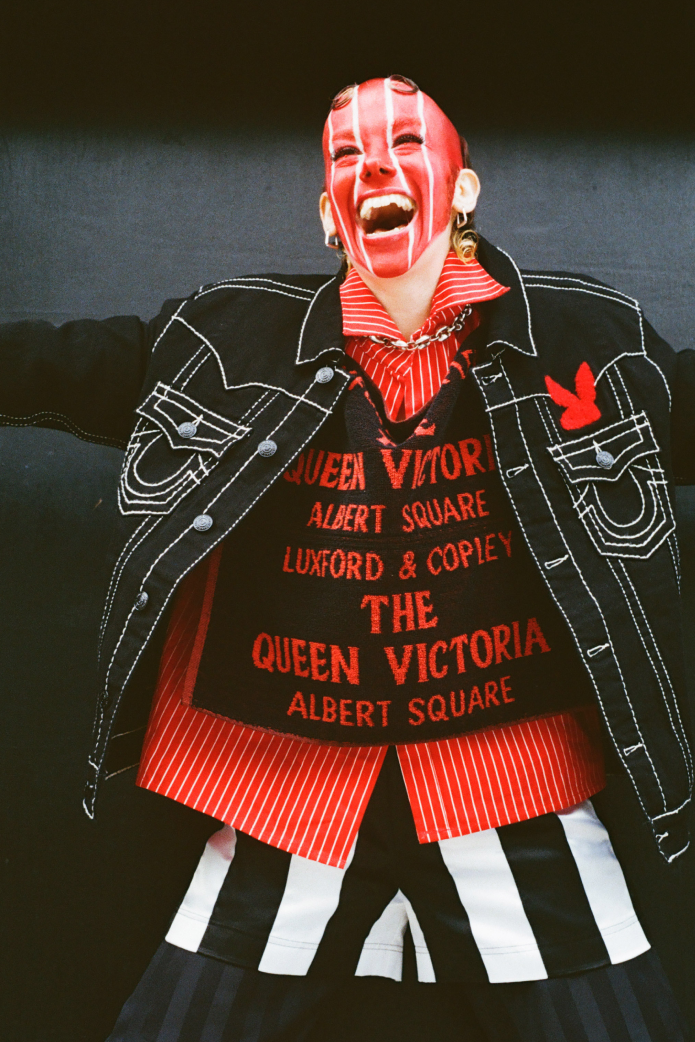
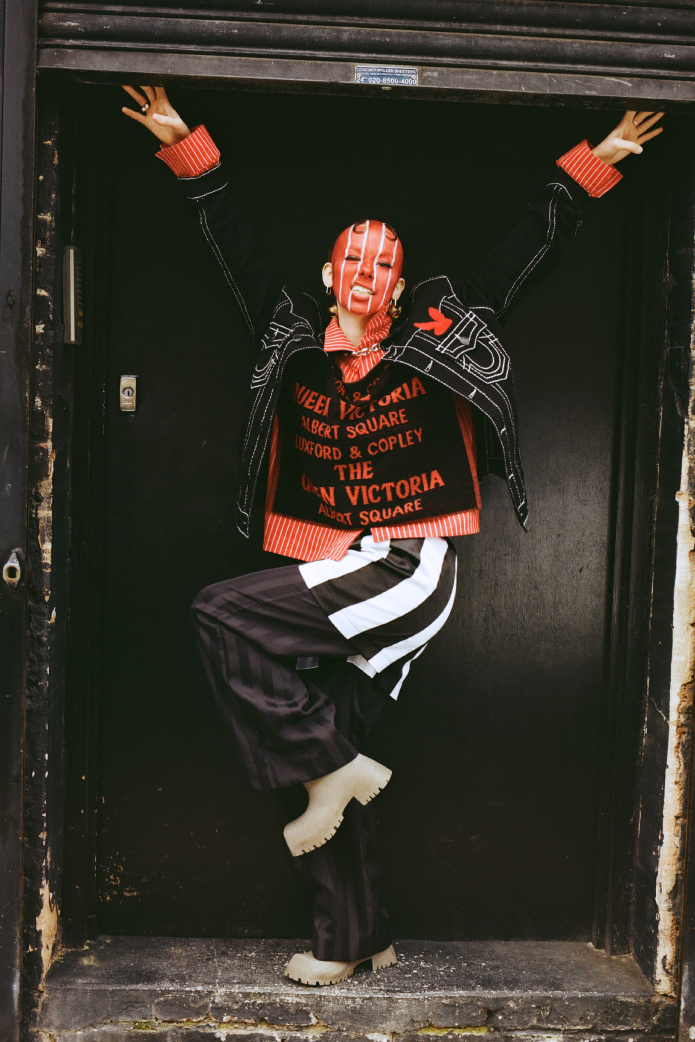
Wet Mess (they/them)
Wet Mess is a self-labelled “prince/alien baby”. Based between London and Glasgow, their eclectic style and on-stage presence will leave you never quite knowing what to expect!
What do you find most liberating about being a drag king/thing?
It feels good to shift the focus onto the absurd crumbling sexy confused thing that is masculinity and to become a balding white man/pussy prince/alien baby with a ‘tash ‘n’ a lash, a sideburn and a heel who is horny for your confusion.
Who is your biggest drag-inspired inspiration and why?
Britain’s Got Talent, Jim Carrey in The Mask, Kobudai trans fish, Adrian Street the glam wrestler, carbs and strippers.
What do you want to see more of in the drag community?
More drag objects, more accessible venues, more sober spaces, more ways to get into performing that are not competitive. More kings and things getting bigger stages and getting the recognition they deserve!
Quotes have been edited for clarity.
